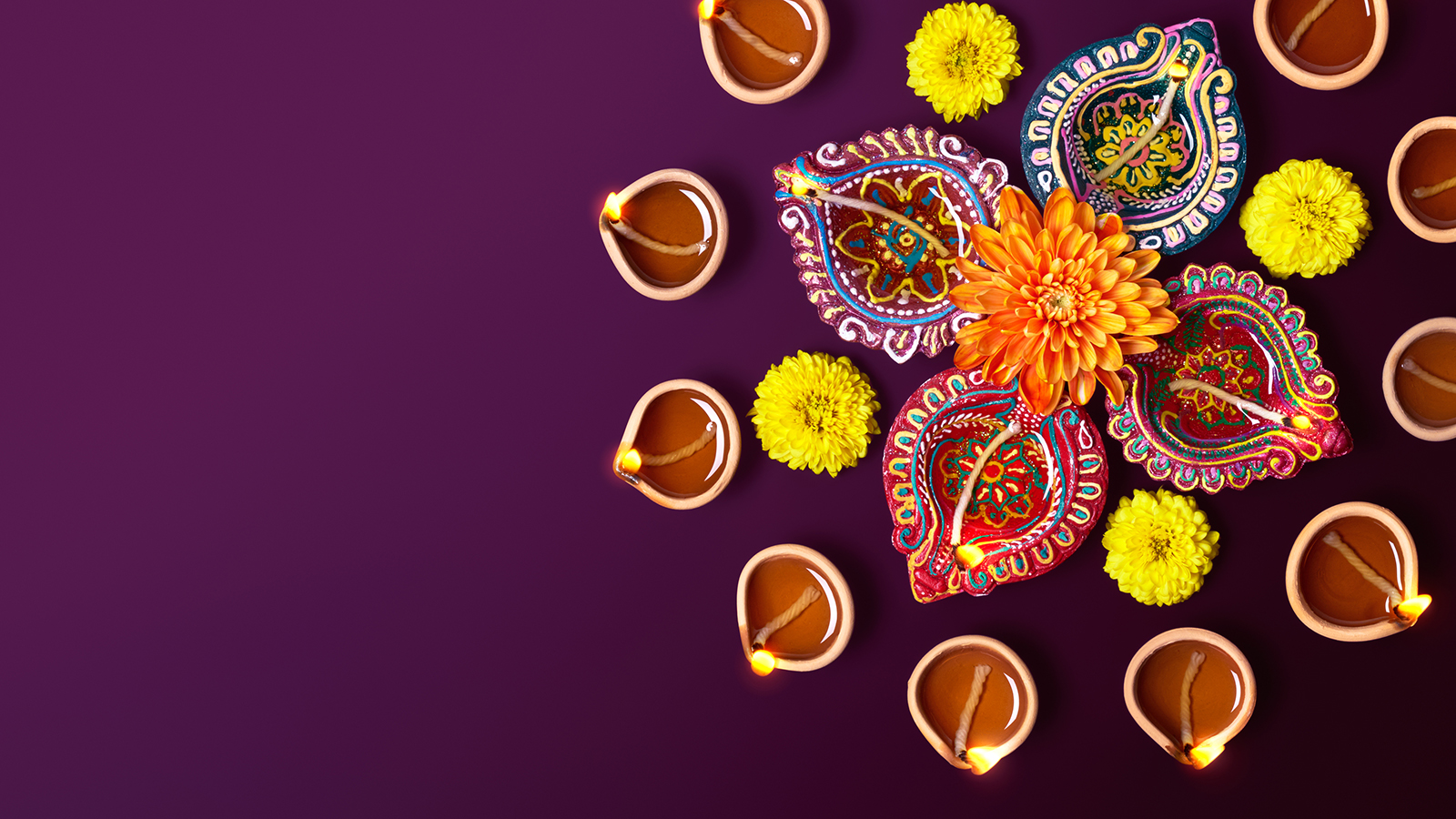
Diwali is actually the third day of a five-day-long celebration full of tradition and ceremony and it is one of the few Hindu festivals that is celebrated in almost all parts of India with equal vigour and enthusiasm. While I firmly believe that India is a country where people will use just about any excuse to celebrate, Diwali is more than a party, it is a meaningful holiday to Indians from all corners of the country, for all kinds of reasons. While for me Diwali is about wearing my best new Indian dress, for my parents the highlight of Diwali is the food (cooking for mum and eating for dad), for many others it is an important time of prayer and reflection, and for nearly everyone, the decorations and lights of the most splendid spectacle anywhere in the world are forever illuminated in our memories.
Day 1 • Dhanteras
This is the first day of Diwali and the 13th lunar day of the Hindu Calendar, Krishna Paksha. This is the day when most of the purchases take place, especially valuables such as gold and silver, jewellery, and precious stones. It is also at this time that all the renovations of homes and offices takes place to ensure the areas are clean, decorated, and ready for Diwali.
Day 2 • Choti Diwali
The second day of Diwali is when people usually relax at home, have a nice oil massage to relieve stress and tiredness and also to ward off anything that is unpleasant. This is followed by a long, refreshing bath. Diyas (oil lamps) are usually not lit on this day, although some people light a few. Choti Diwali is also the time when pundits (priests) would advise you to sit at home and not go out. But again, traditions vary from house to house.
Day 3 • Diwali
The third day is the main day of Diwali. People usually wake up early in the morning on this day and the women in the house get busy preparing delicacies, sweets, and savouries and distributing them to neighbours, relatives, and friends. In the evening, most households conduct a Lakshmi Puja, wherein they worship deity Lakshmi and seek her blessings for wealth, prosperity and growth to enter their homes. Diyas or oil lamps are lit and placed in every nook and corner of the house. The women and kids of the house prepare a huge rangoli design inside or in front of the house. Other decorations include flowers used as garlands to decorate rooms and doors. Later in the evening, the celebrations are concluded with splendid firework displays and the lighting of firecrackers with friends, relatives, and family members.
Day 4 • Annakoot
The fourth day is the Govardhan-Puja or Annakoot. According to mythology, this day is a celebration of Lord Krishna lifting Mount Govardhan with his little finger in order to protect and shelter people from rain. So, on this day, the Govardhan Puja is performed by some and an array of 56 dishes, known collectively as “bhog”, are offered to Krishna. In temples, deities are bathed in milk and offered sweets. Others worship the deity’s instruments, arms, and machines for prosperity. People offer their prayers to show their gratitude for all the benevolence.
Day 5 • Bhai Duj
This is the final day of Diwali. If you are born in a Hindu household with siblings, then this will certainly be your favourite Diwali day. On this day, sisters invite their brother for lunch and prepare all of their favourite dishes. Sisters perform an aarti prayer with oil lamps for their brothers, making a tikka mark on his forehead as they pray for a long and happy life. Brothers vow to protect their sisters forever and gifts are exchanged.